How Ukraine Won the Battle for Kyiv
Russia’s war on Ukraine continues to ravage the country. But it is far from the swift victory Putin no doubt anticipated. As Ukrainian resistance continues, Oz Katerji reports from deep within the Kyiv battlefield on a story that news headlines alone can’t begin to scratch the surface of: how the red beast was beaten into retreat from the capital city
By Oz Katerji
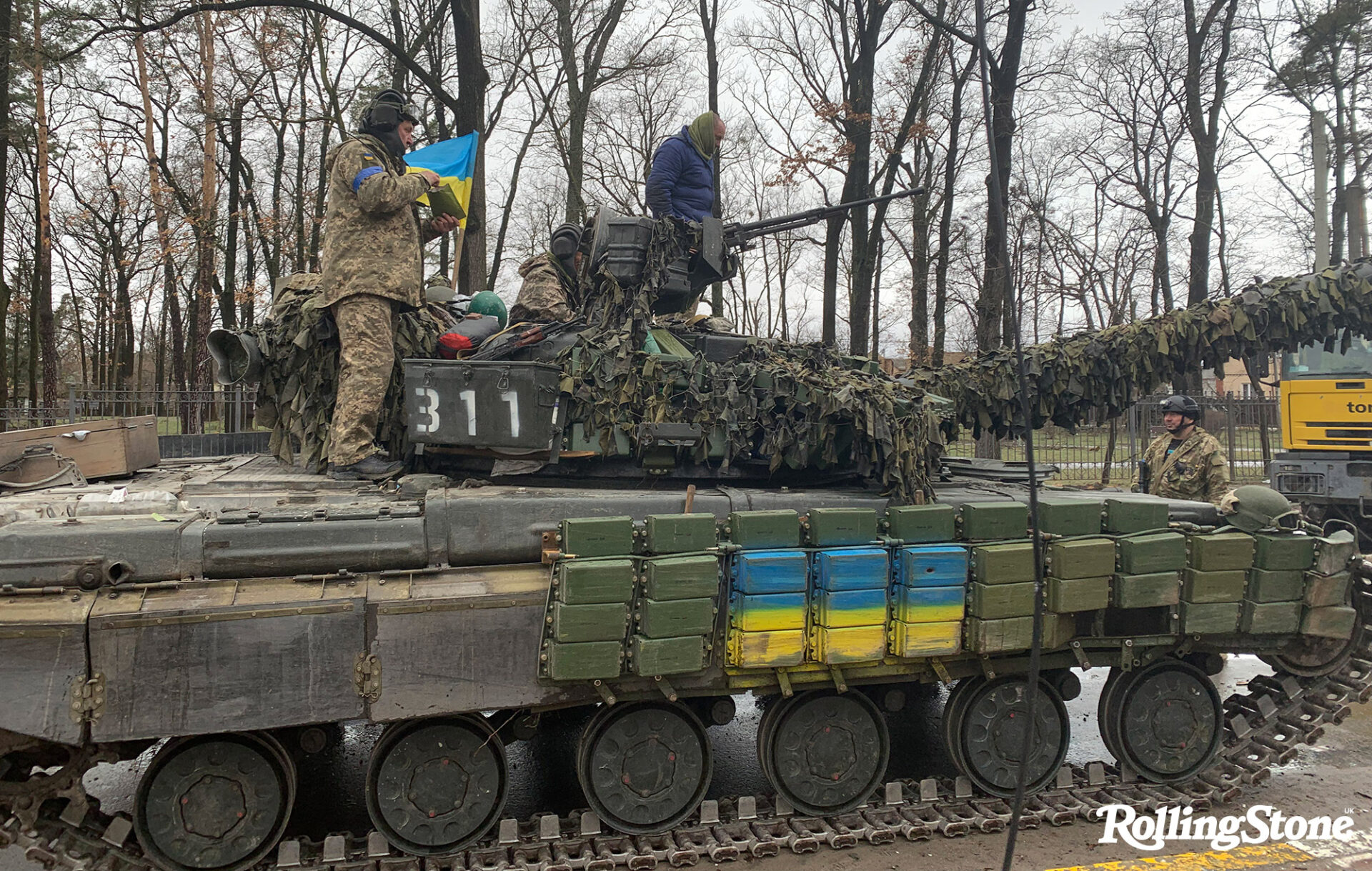
Before Russia launched a full-scale military invasion of Ukraine on 24 February 2022, intelligence assessments coming out of Washington and London were bleak about Kyiv’s chances of survival. It and the rest of Ukraine were set to be outmanned, outgunned and surrounded by one of the most powerful modern military forces ever assembled, they believed.
As Russian troops were advancing on the city, US officials even offered to evacuate Ukraine’s president Volodymyr Zelensky from Kyiv, only for him to shoot back: “The fight is here; I need ammunition, not a ride” in what is now one of the most famous political quotes of the 21st century.
According to reports, Moscow’s plan was to encircle and capture Ukraine’s capital within a matter of days before carrying out a campaign of executions of Ukrainian politicians, journalists and human rights activists. But 37 days after the invasion began, Russian forces were driven out of the Kyiv Oblast in its entirety, with Ukrainian deputy defence minister Hanna Maliar releasing a statement on 2 April that Kyiv had been liberated from Russian invaders.
Ukraine’s decisive victory in the Battle for Kyiv was an audacious and impressive military accomplishment. Russia’s loss in Kyiv came not only as a surprise to Moscow, but also to Ukraine’s allies in western capitals. But how could Ukraine’s smaller army inflict such a humiliating blow against the Russian Goliath in Kyiv when so few thought it was possible?
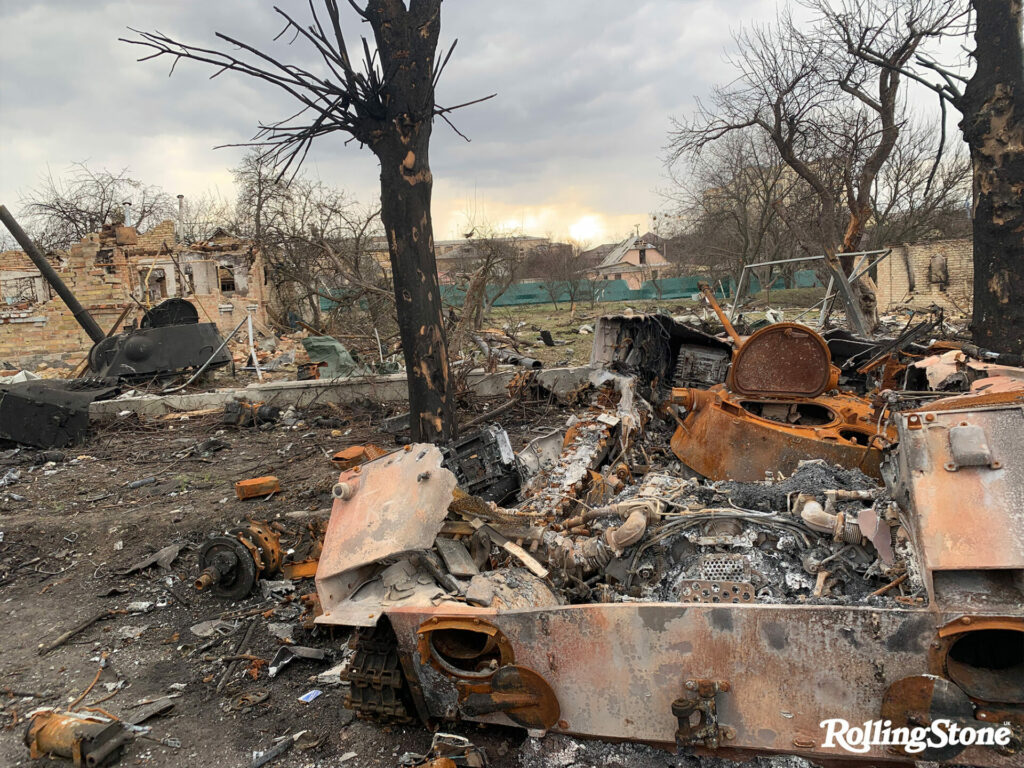
The day before the invasion felt like any other winter’s day in central Kyiv as I made my way through the throng of a bustling metropolis, the beautiful and vibrant capital of a fledgling Eastern European liberal democracy. But what followed was a night like no other. A dark foreboding hung heavy in the air as the streets emptied and late-night bars brought down their shutters as what little hope of averting a major European war was extinguished. The cacophony of artillery fire, air strikes and air-raid sirens that erupted in the early hours of 24 February left nobody in doubt: the invasion had begun.
Within hours, makeshift barricades had been erected across the famous cobblestone streets of Kyiv’s old town, and decrepit Soviet cars and shopping trolleys were reinforced with hurriedly filled sandbags. The boutique shops and international retail brands that sit in between the ancient blue-and-gold domes of Kyiv’s Orthodox churches were boarded up, and the streets that only hours before had been filled with such energy and life were now deserted.
Beneath them, in old Soviet bomb shelters and miles upon miles of central Kyiv’s metro network, tens of thousands of people sought shelter from the incoming Russian bombardment. A family could be found crammed into every corner of every station as – remarkably – the trains still ran. The highways out of the city were gridlocked as much of Kyiv’s population fled, but, as the Russians started cutting off the main arteries out of the city, the country’s railway network bravely kept running, shuttling millions of civilians across the country to the relative safety of the west. There the new arrivals faced the uncertainty and cruelty that comes with a life displaced.
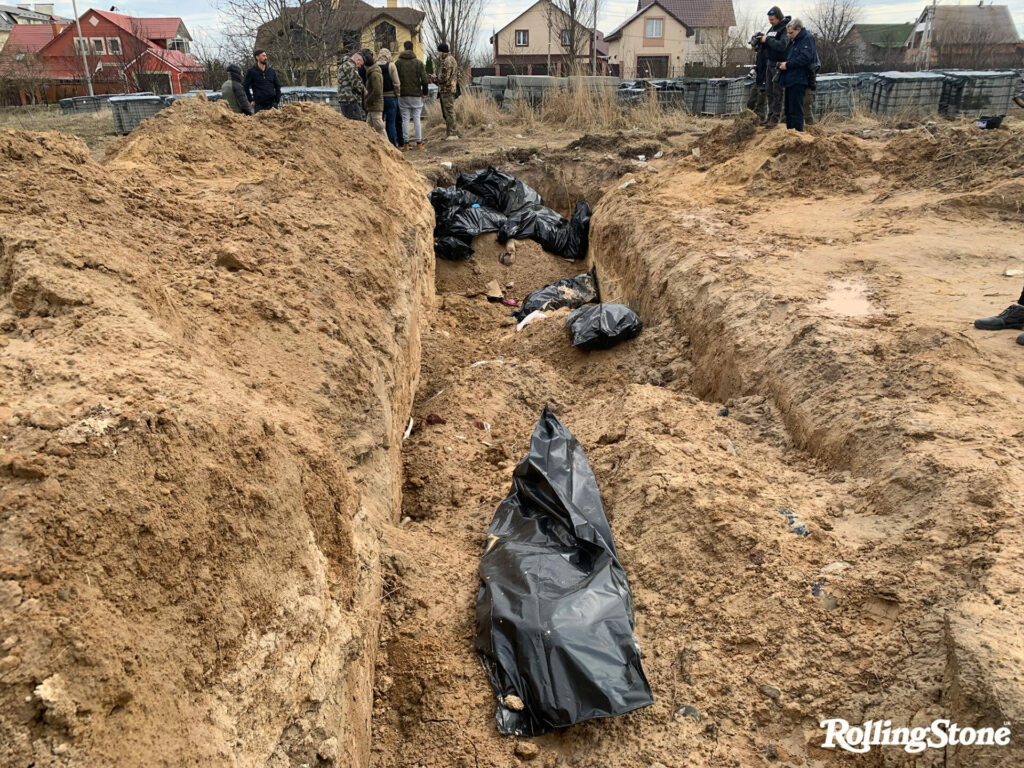
Those who remained in Kyiv were met with an entirely different set of problems. Long queues formed quickly at ATMs and the few food stores and pharmacies that remained open. Shelves were emptied as supplies in the city dwindled. Very few had prepared for a military assault on Kyiv, a prospect many here thought utterly inconceivable mere hours before the first strikes landed. But as the days ground on, and the fear of encirclement and siege grew, the shelves were steadily restocked.
As we saw during the pandemic, the unsung heroes of this crisis, and of every crisis, were frontline transport and supply-chain workers who continued their labour, even in the most terrifying of conditions, even when presented with the chance to flee for their lives.
Not long after President Zelensky ordered the mass mobilisation of the Ukrainian people, garbage trucks loaded with rifles were driven into Kyiv’s residential suburbs as men of fighting age armed themselves for what was to come. Seemingly overnight, the people of Kyiv had organised themselves into decentralised territorial defence units, manning checkpoints, or as the Ukrainians called them “block posts”, aiming to thwart Russian sabotage operations inside the city and, if need be, dig in and engage advancing Russian troops in a guerrilla warfare campaign.
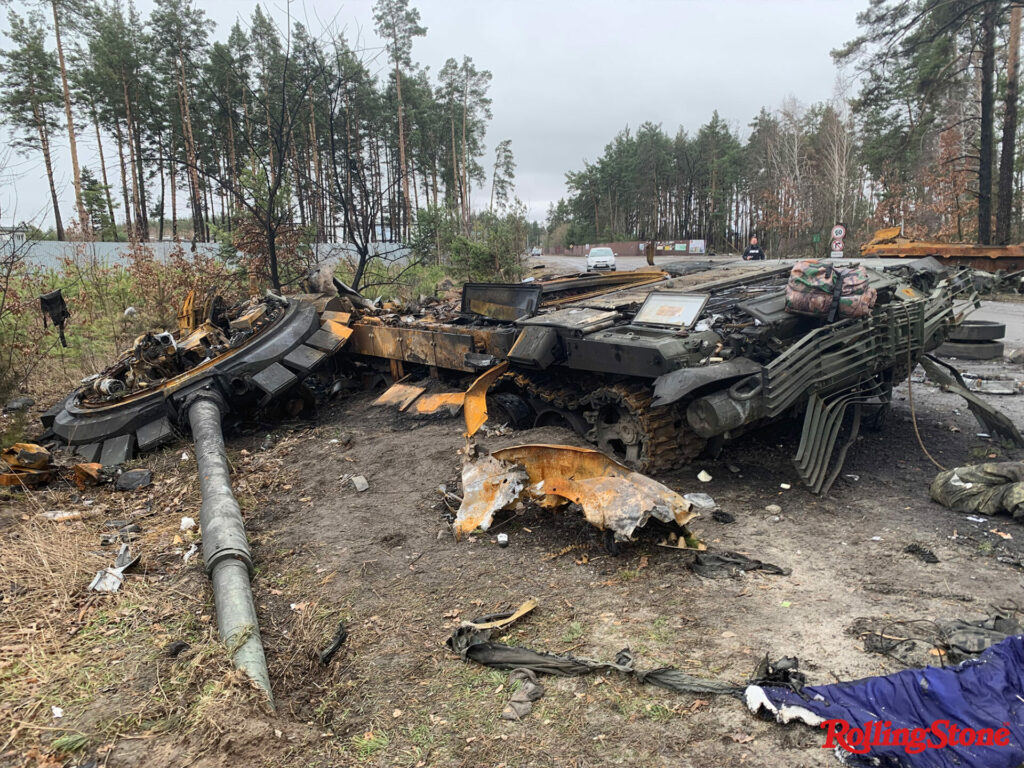
Even in the opening hours of the war, as Russian troops advanced with lightning speed towards Kyiv, Ukraine’s resistance destroyed Putin’s plans. Russia had activated assassination squads and saboteurs inside the city to take out government officials and key infrastructure targets, but the speed of Ukrainian mobilisation rooted them out and neutralised the threats quickly.
Each night in those early days of the invasion felt darker than the last. The bombardment grew louder, creeping closer to the city centre, seemingly with each passing hour. Air-raid sirens pierced the sky, a sound that was punctuated by intermittent explosions. As the violence crept closer, Russian bombs began to fall on residential apartment buildings and shopping centres. Gripped by fear of what was to come, Kyiv’s residents were glued to their phones for news of how close Russian troops were to encircling them.
Within days the makeshift barriers had been replaced by prefab concrete blocks and Czech anti-tank hedgehogs. Underground bunkers had emptied as most of those seeking to flee the city had now escaped. The streets were now filled mostly with the men and women who had taken up arms to defend their city, and the sound of trucks loaded with concrete and sand working to reinforce Kyiv’s network of barricades. In the space of a week, Kyiv transformed from a cosmopolitan European capital into a formidable fortress that, it turns out, would not be penetrated.
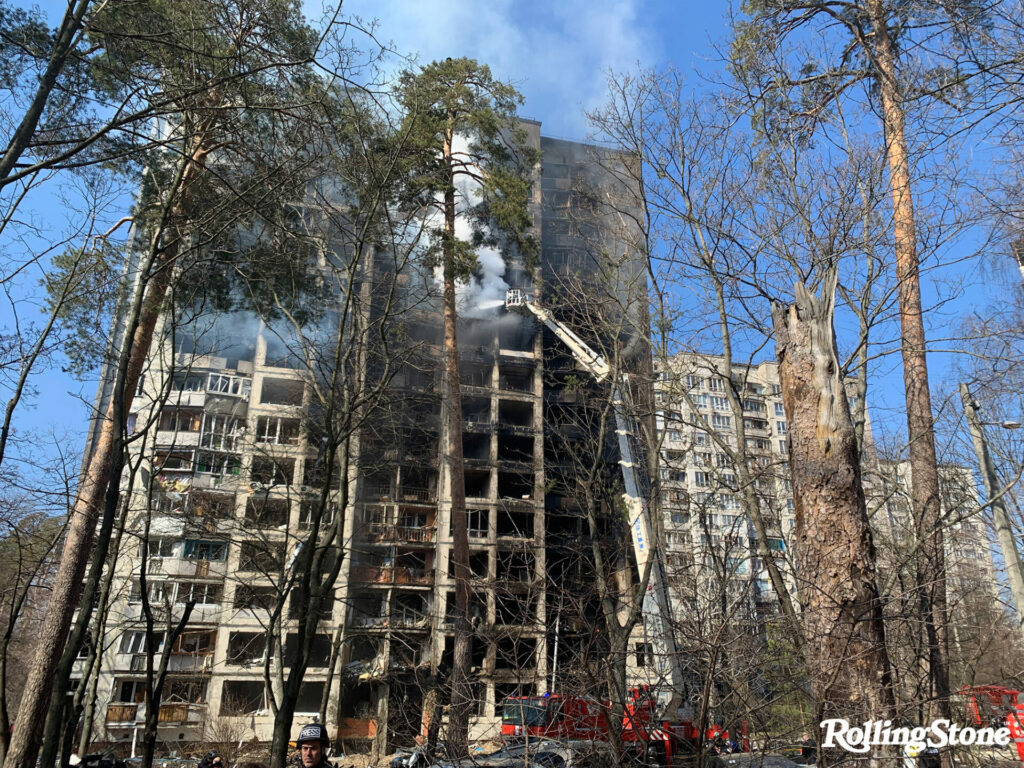
One thing that struck me as I travelled between Kyiv’s barricades and the frontlines of the border towns in the Kyiv Oblast, was the high morale of the men and women holding the line against the invasion. Even when the headlines were dominated by the imminent arrival of a 40-mile column of Russian armoured vehicles that was snaking its way towards them, the absolute determination and steadfastness of the Ukrainian people was evident. They didn’t just believe in the righteousness of their cause; they believed that they would win, even as the rest of the world doubted their ability and expected their defences to collapse.
As the days turned to weeks, the stories and images that emerged from the fighting raging outside Kyiv began to reinforce that confidence. That belief, the resolution and resolve, is the first reason Russia lost the Battle for Kyiv.
Vladimir Putin, cowering in his nuclear fallout bunker in the Ural Mountains, made not only a strategic error in trying to take Kyiv, but he fundamentally and fatally misunderstood the Ukrainian people and their desire to live as free citizens in a liberal democracy. While his army of conscripts and cowards, dubbed “Orcs” by Ukrainians, were brutalising and pillaging their way through civilian neighbourhoods, Ukrainians were defiantly and determinedly fighting back as free men, defending their homes and the future liberty of their children. For all the billions Putin pumped into his propaganda organs around the world, the wish for freedom remains an ideal that no tyrant can eradicate.
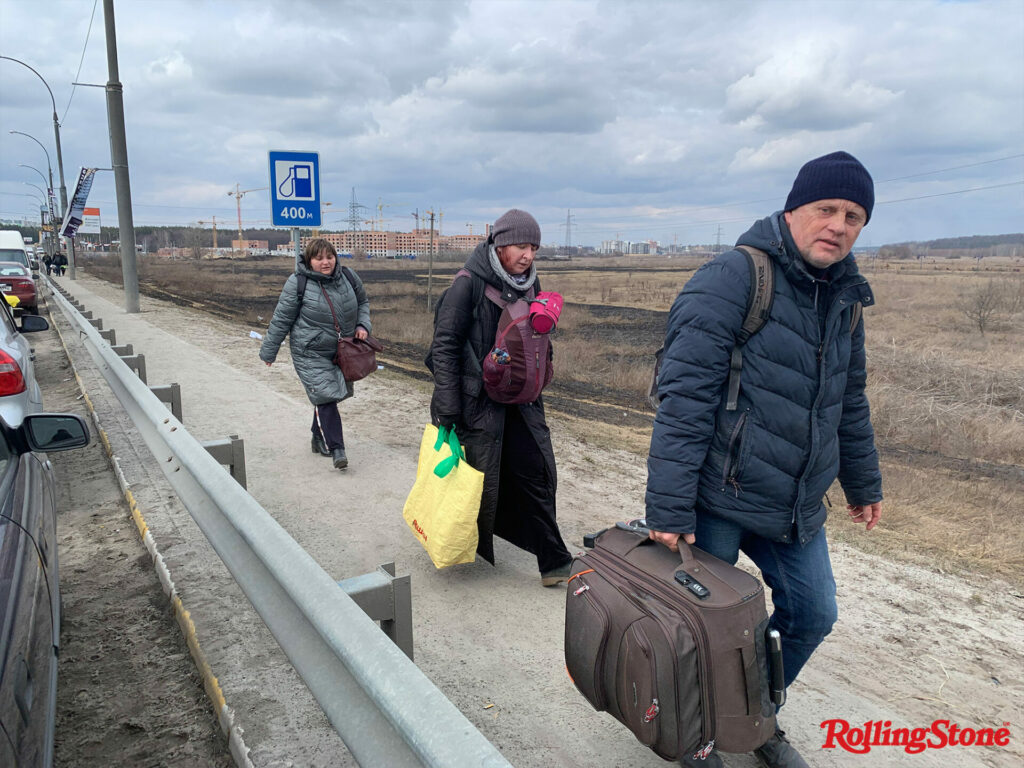
Russia’s military might would be further undone by its incompetence and a failure to understand its own limitations. By the second week of the war, every highway leading out of the city was fortified by miles upon miles of trenches dug alongside, with thousands of men deployed across the network, ready to ambush encroaching Russian convoys. Russia would not be able to advance into the capital without meeting fierce resistance. Their advancing armoured columns became an easy target on the narrow roads of rural Ukraine, as Ukrainian forces undertook daring ambushes, destroying hundreds of tanks and armoured vehicles along the way. At the time of writing, more than 1,400 Russian armoured vehicles have been destroyed in Ukraine.
Putin also underestimated the resolve of Ukraine’s allies, who have enacted the most comprehensive sanctions campaign ever launched, damaging Russia’s ability to finance the conflict and isolating it on the world stage, while supplying Ukraine with the weaponry it needed to stay in the fight.
Visiting one of the trench networks on Kyiv’s frontlines in the opening days of the war, I found the men armed with British next generation light anti-tank weapons (NLAWs), which have had a decisive impact on the battlefield against Russian tanks. By the end of March, US Secretary of State Antony Blinken said Ukraine had been sent more than 10 anti-tank systems for every Russian tank on Ukrainian soil.
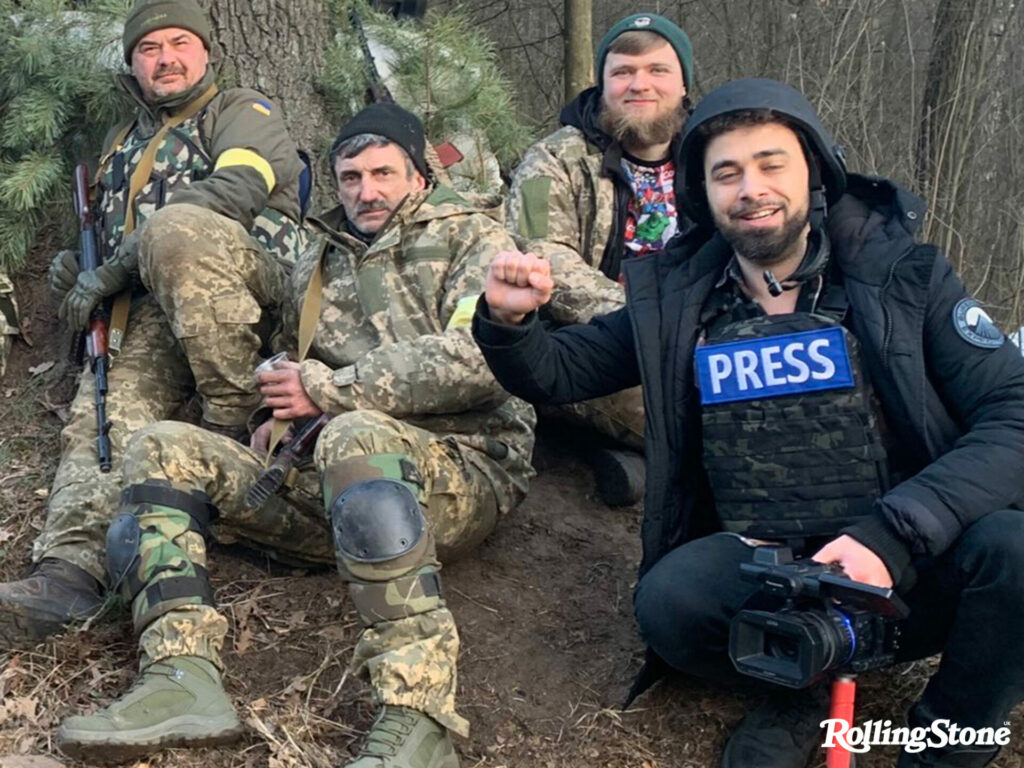
Ukraine’s fleet of Turkish Bayraktar TB2 drones, popularised by a song written by Ukrainian soldier Taras Borovok, also devastated Russian convoys and artillery batteries. Ankara continued to supply TB2s to Ukraine even while trying to downplay its ongoing support of Kyiv to its Russian ally.
Russia’s biggest failure in the Battle of Kyiv was logistical. Through a combination of drone warfare, smart ambushes and the strategic targeting of Russian supply lines, Russia’s quick advance into the Kyiv suburbs soon ran into a quagmire of Ukrainian counter attacks. The Russians had sought to surround, bombard and starve Kyiv in the same way as they did in Mariupol in Ukraine’s southeast. Instead, Ukraine cut Russia’s Battalion Tactical Groups off from the fuel, food and ammunition required to continue their advance, starving them of the supplies they needed to secure victory.
Within weeks, Russia’s 40-mile convoy disappeared. Its troops had made no further gains in Kyiv after the opening days, and, after stabilising the frontlines, Ukraine started going on the offensive, eventually pushing beleaguered Russian troops out of the Kyiv Oblast and forcing Moscow into retreat. By the end of March, the Kremlin announced that it was ending its operations in Kyiv, a tacit admission of defeat, and shifted its war objectives to the east of the country. As Russian troops retreated from Kyiv, Ukrainian forces continued to ambush the fleeing Russian soldiers, inflicting heavy losses on the invading army. On 7 April, Kremlin spokesman Dmitry Peskov admitted Russia had suffered “significant losses of troops” as Russian forces were routed in the suburbs surrounding Kyiv, and the Ukrainians celebrated the liberation of their territories.
However, those celebrations would be short-lived as the atrocities Russian soldiers left in their wake were uncovered. At the time of writing, the bodies of Ukrainian civilians are still being exhumed from mass graves in Kyiv’s suburbs. Survivors have testified to the barbarity inflicted upon them by Russia’s fascist death squads, raping and murdering their way through the country while leaving the bodies of their victims to rot in the streets.
Standing above the mass grave in the affluent Bucha neighbourhood in the Kyiv Oblast, it is disturbingly evident that the horrors these people have suffered were intended to be replicated in the capital, as they have been across Ukraine in the territories that have fallen under Russian occupation. The devastation wrought upon the civilian infrastructure in the towns surrounding Kyiv is absolute, and the torment unleashed upon its people will be passed down for generations.
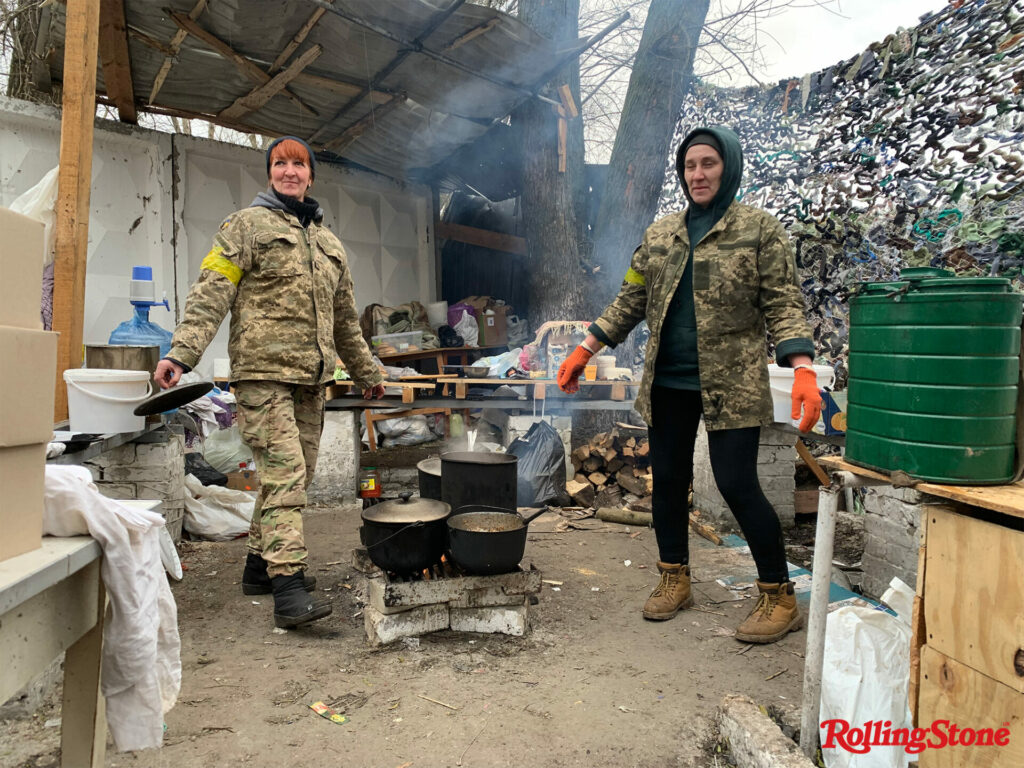
Russia did not only aim to capture Kyiv and topple its government, but it has tried to destroy Ukraine as a nation state and to humiliate and subjugate its people in an attempt to erase the very existence of a Ukrainian national identity. Its genocidal intent cannot be doubted by anyone who has witnessed the slaughter its troops carried out here under the flag of the Russian Federation. It is a miracle of human strength that, despite the overwhelming might of its foe, Ukraine held the line and defended its capital. It is a damning indictment of the human condition that the Russian people have allowed such monstrosities to be carried out in their name.
Russia may have lost the Battle for Kyiv this time, but Ukraine is still fighting for survival as Moscow regroups and attempts to fully capture the east of the country. There should be no reason to believe that the Kremlin has abandoned its desires to subjugate the rest of Ukraine, either. The world is still yet to learn the true scope of the ongoing horrors in the occupied territories while the international community sits on its hands and refuses to increase support for a country many presumed would be crushed within days.
Ukraine continues to fight, alone, against a revanchist dictatorship hellbent on its annihilation. The future of the free world and the post-war liberal world order rests almost solely on its shoulders while the great European powers continue to indulge their blood-soaked addiction to Russian oil and gas. By defeating Russia in Kyiv, Ukraine has already done the impossible. Today, it demands only that its allies do what is possible to help them win that fight. It is imperative for the future of European liberal democracy that this call is answered.
Taken from the June/July 2022 of Rolling Stone UK. Buy it here.
